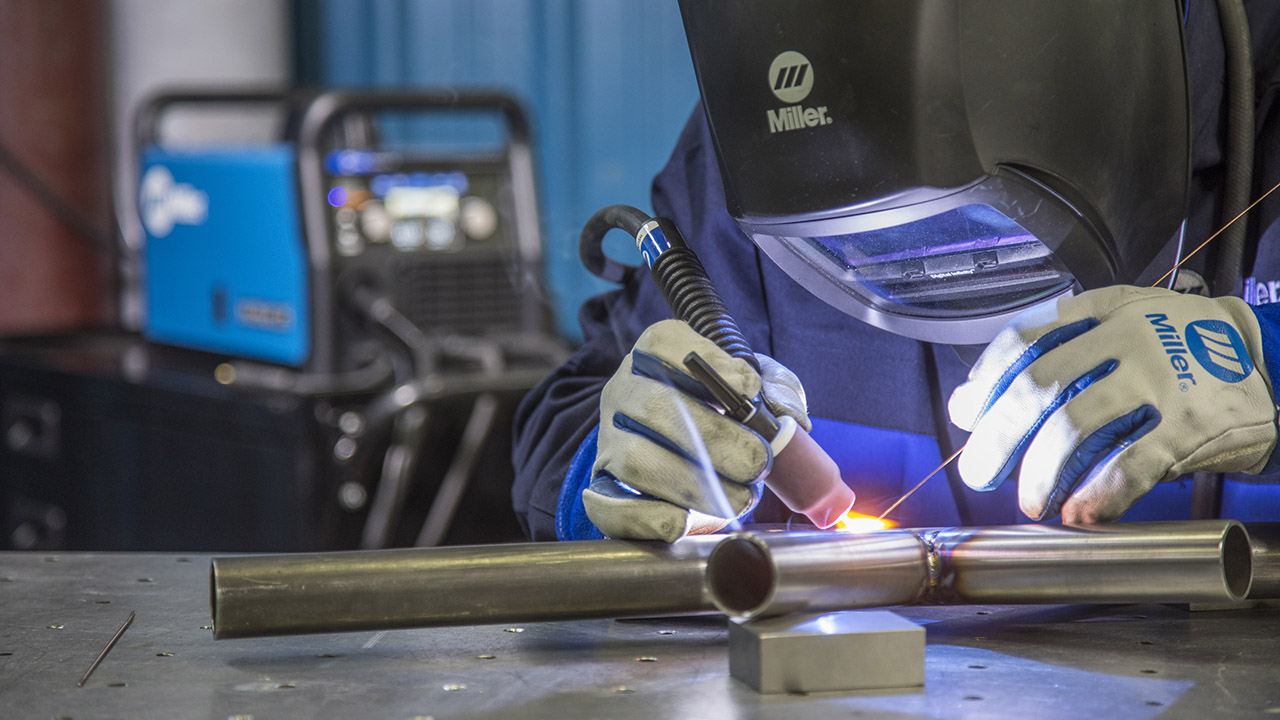The Ultimate Guide to Welding WPS Procedures: A Comprehensive Overview for Welders
In the complex world of welding, Welding Procedure Requirements (WPS) work as the backbone of ensuring high quality, uniformity, and safety and security in welding procedures. Recognizing the subtleties of developing, executing, and monitoring WPS treatments is important for welders aiming to elevate their craft and meet industry requirements. As we explore the different components of a WPS and check out the details of qualification and certification, we will reveal the crucial role these procedures play in the world of welding. Allow's start a journey to decipher the intricacies and relevance of WPS procedures in welding methods.
Relevance of WPS Procedures
Understanding the value of Welding Treatment Specs (WPS) treatments is vital for making certain the top quality and stability of welded structures. WPS procedures act as a roadmap for welders, describing the essential steps, parameters, and products needed to achieve an audio weld. By sticking to WPS standards, welders can make certain uniformity in their job, bring about structurally audio and dependable welds.
One of the main factors why WPS procedures are vital is their role in maintaining weld high quality and integrity. Following the specified welding criteria and strategies laid out in the WPS aids stop problems such as porosity, splitting, or insufficient fusion, which can compromise the toughness and toughness of the weld.

Parts of a WPS
A Welding Treatment Spec (WPS) usually makes up crucial parts that detail the details needs for performing a weld, making certain consistency and quality in the welding procedure. The vital components of a WPS consist of important variables such as base metals, filler metals, interpass and preheat temperature levels, welding processes, protecting gases, welding placements, and post-weld warm therapy needs.
Base steels refer to the materials being signed up with, while filler metals are used to fill up the gap in between the base metals throughout welding. The welding procedure details the specific method to be made use of, whether it's gas steel arc welding (GMAW), secured steel arc welding (SMAW), or another approach. Welding placements specify the orientations in which welding can be done.

Qualification and Certification
Having developed the essential parts of a Welding Procedure Spec (WPS), the emphasis now moves towards the vital aspects of credentials and accreditation in welding methods.

Accreditation, on the other hand, is the formal acknowledgment of a welder's qualifications by an appropriate accreditation body or company. Welding qualifications are generally based upon the particular welding processes, materials, and placements a welder is qualified to deal with. Holding a valid welding certification demonstrates that a welder satisfies market standards and is competent to carry out welding jobs to the called for specifications.
Developing a WPS
To develop a Welding Treatment Requirements (WPS) that meets market criteria, mindful factor to consider of welding processes, materials, and functional parameters is important (welding WPS). The initial step in creating a WPS is to determine the welding procedure to be utilized, such as gas Find Out More metal arc welding (GMAW) or protected metal arc welding (SMAW) As soon as the welding procedure is figured out, the next critical facet is choosing the ideal materials, considering variables like base steel type, thickness, and joint style. Operational specifications such as welding existing, voltage, travel rate, and protecting gas composition should likewise be thoroughly defined in the WPS.

Carrying Out and Monitoring WPS
Upon wrapping up the comprehensive Welding Procedure Requirements (WPS) that carefully details welding procedures, products, functional criteria, and quality control steps, the focus shifts to effectively implementing and keeping track of the recognized procedures. Execution involves making certain that all welders associated with the task recognize with the WPS and follow it diligently during the welding procedure. This requires offering sufficient training and supervision to guarantee adherence to the defined treatments. Monitoring the WPS entails continual oversight to validate that welding tasks straighten with the documented specs. Examinations, screening, and top quality control measures are essential components of the monitoring process to identify any type of concerns or deviations promptly. Regular audits and evaluations of the welding treatments aid in preserving consistency and top quality throughout the job. Efficient implementation and monitoring of the WPS are essential for guaranteeing the honesty, stamina, and security of the bonded joints, eventually adding to the total success of the welding job.
Conclusion
To conclude, understanding why not try this out and adhering to Welding Procedure Specs (WPS) is crucial for welders to ensure high quality, consistency, and safety in their work. By recognizing the parts of a WPS, obtaining proper certifications and qualifications, developing detailed procedures, and carrying out and monitoring them successfully, welders can improve their skills and effectiveness in welding practices. Sticking to WPS procedures is vital for creating top notch welds and conference sector standards.
In the complex world of welding, Welding Procedure Specs (WPS) offer as the backbone of making certain top quality, uniformity, and safety and security in welding operations. The welding procedure outlines the certain strategy to be utilized, whether it's gas steel arc welding (GMAW), shielded metal arc welding (SMAW), or one more technique.To create a Welding Procedure Requirements (WPS) that meets market requirements, cautious consideration of welding procedures, products, and functional specifications is necessary. The initial action in producing a WPS is to identify the welding process to be used, such as gas metal arc welding (GMAW) or protected metal arc welding (SMAW)Upon completing the extensive Welding Procedure Spec (WPS) that diligently information welding processes, materials, functional specifications, and quality guarantee actions, the focus changes to properly applying and checking the recognized procedures.
Comments on “Developing a Welding WPS: Step-by-Step Directions for Professionals”